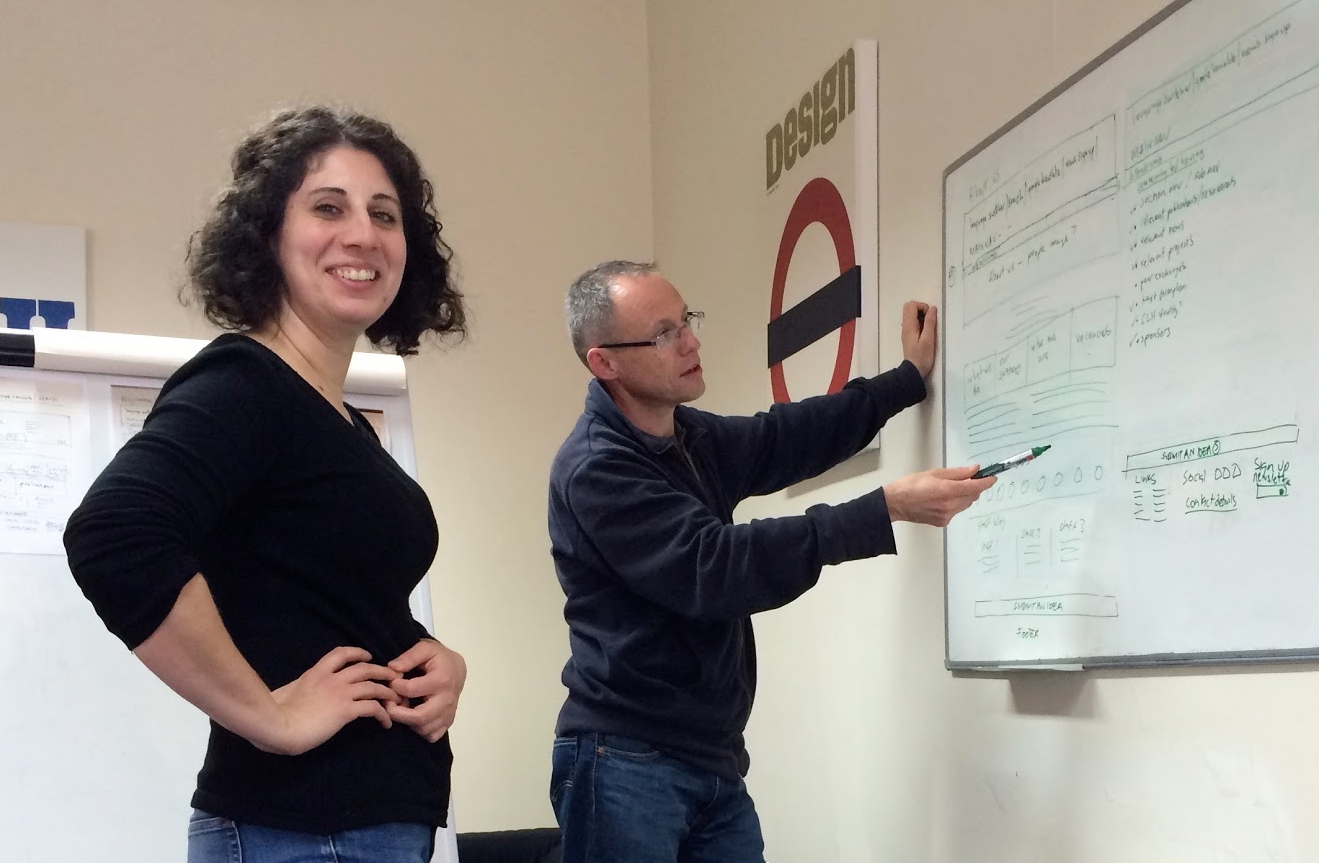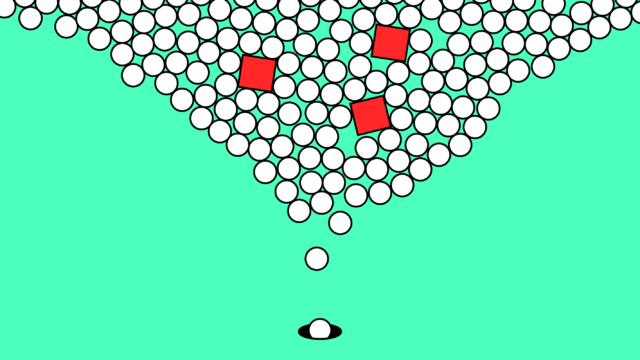So, what exactly does a Digital Project Manager do?

‘What do you do?’ The question comes up so often from friends, family, even strangers at parties, and like most project managers I struggle to come up with a concise answer. Inevitably, after explaining my role at a digital agency, I’m given a smile and a nod, followed by, ‘So do you develop the websites or design them?’ Neither.
It’s difficult to pinpoint exactly what I do each day that keeps me so busy. One day I’ll be suited and booted at a pitch for a new project, and the next day is spent coming up with fun videos to post to a client’s social media profile. That’s what makes the role so interesting.
The team structure at Cite gives project managers the opportunity to get involved at every stage of the project. Not only does this allow us to deliver projects to a higher standard, it also gives us a variety of work to do. There is no ‘typical’ day, but our activities often consist of:
- Responding to briefs: At Cite, project managers get involved before a project even begins. When we receive a brief, we take the time to respond with the best solution for the requirements. Quite often this takes days of brainstorming with our technical and creative teams and writing a proposal that the client can understand. Sometimes it also involves presenting these ideas in front of the client.
- Administration: A lot of time is spent on administrative tasks like writing proposals, statements of work, wireframes, specifications, CMS manuals, budgets and project schedules. At Cite, we strive to get the foundations of the project right from the start, so these documents are important to the whole team. We’re also always responding to emails and calls.
- Client-facing: Working with the client is a major part of a project manager’s role. We work with them on a day-to-day basis to make sure all their questions are answered, we receive all the information we need from them, and that they are updated on the status of their project regularly. We also attend meetings to discuss the progress of their projects, provide training for content management systems or Google Analytics, and offer any other support the client may need.
- Production: Working with designers and developers is an important part of the job. This includes brainstorming ideas for new projects, briefing the production team on what is required, keeping production on schedule, and providing feedback on their work.
- Testing: When a project is ready to be delivered to the client, we’re there to test across different browsers and devices. Since we literally wrote the book on what the requirements were, it makes sense that we also make sure all of them have been delivered and work properly.
- Research and Analysis: The digital landscape is always changing so part of our job is to stay on top of trends, new technology, and emerging platforms. We also actively research our clients’ industries and competitors, as well as SEO and advertising data. Project Managers need to be analytical with facts and figures, and much of our time is spent generating reports on web traffic and engagement.
In the role of project manager you have to wear many hats and work on a range of projects, across web, mobile and social. Although you may not know exactly what you’ll be doing from one week to the next, one thing is certain, you’ll always have something to keep you busy.



